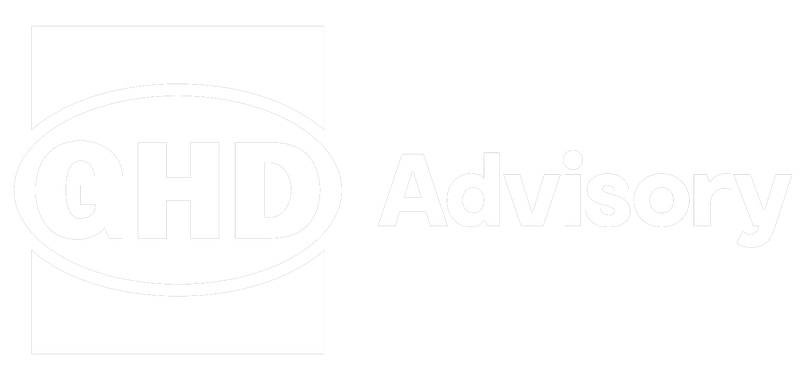CASE STUDY
Critical infrastructure of 1,800 telco towers
Critical infrastructure of 1,800 telco towers
Asseti has onboarded a telecommunications network with 1,800 towers. A significant proportion of the towers are in remote, wet and heavily vegetated environments. The telecommunication network is in a region prone to cyclones and heavy weather incidents. The network is critical. Network failure could impact up to 230,000 citizens, who would be left without telephone communication capability.
Non-property asset network case study: telco towers
Situation
Asseti has onboarded a telecommunications network with 1,800 towers. A significant proportion of the towers are in remote, wet, and heavily vegetated environments. The telecommunication network is in a region prone to cyclones and heavy weather incidents.
The network is critical. Network failure could impact up to 230,000 citizens, who would be left without telephone communication capability.
Previously known issues
Asset inspections were infrequent and irregular. When conducted, they were inspected using rope access technicians. Elevated works platforms (EWPs) were used in some congested metro locations. While safety processes were existent and trained, senior leadership was aware that many operative teams failed to follow regulations which exposed the organization to safety risk and claims.
Data accuracy and consistency significantly impacted usability and confidence. Geolocation and technical composition of towers, for example, was not always known – and where thought to be known might be utterly inaccurate.
Asset network reports were submitted on hardcopy sheets, by email, and verbally. These field reports were compiled into PDF reports for regional and senior portfolio managers, in inconsistent formats.
The organization recognized the need to resolve issues of:
- Field safety
- Complete network intelligence
- Report velocity, accuracy, and completeness
However, the matter had not previously been prioritized against wider infrastructure demands in the developing South East Asian nation.
Incident
A weather incident caused substantial outages. Emergency repairs were successfully conducted to reconnect telecommunications; however, the emergency repair works consumed the annual maintenance budget.
Special funding was released for the telco operator to transform its asset management methodology to avoid recurrence. A traditional audit of 35% of its network (620 towers) was conducted.
This partial inspection program found:
- Hardware intelligence was incorrect and incomplete for more than 40% of the network
- Location intelligence was inaccurate for 32% of inspected towers
- 9% of the towers were more than 2 kilometers from expected location
- Lack of asset network status deleteriously affected proactive asset optimization and emergency maintenance and repair works.
Solution
The telco operator connected with Asseti to scope a solution.
Asseti recommended the platform integrate feeds of:
- Initial capture and 3D modeling of each tower to form the basis of a digital twin network
- Regular visual geospatial updates using photogrammetric methods
- Operational network data confirming function and monitoring for exceptions
- Weather and weather incidents
Asseti scoped optional facilitation of visual image capture.
The solution was adopted for an initial 12-month term, which is 6-months old at the time of case study preparation. The telco operator requested Asseti facilitate initial visual image capture but expects to capture updated data directly.
Results
Asseti facilitated the capture of the initial geolocated visual data, and onboarding of the asset network to the platform. The 1,800 towers were captured by multiple teams over a 2-month period. This primary investigation was conducted aerially, which eliminated safety issues associated with working at heights entirely.
Asseti automatically processed a 3D model digital twin of each tower in the network. Machine-assisted analysts identified and documented primary tower hardware for each location. Machine-assisted issue identification was also conducted to reveal a true network status for virtually the first time in the network’s lifecycle.
Network status was substantially altered at the conclusion of the first phase of this program, with:
- An economical digital twin of the asset network
- Accurate geolocation of every tower
- Accurate intelligence of visually accessible hardware
- Asset network status with respect to issues, prioritized by risk level
- Connection of live network data and real-time weather reporting
- Asset network visibility at macro- and micro-levels
- Elimination of height safety risk and exposure
Outcome
Asseti has established a digital twin, with notifications for exception issues based on multilayered data intelligence. Notifications are routed to the appropriate regional and oversight stakeholders.
Asseti’s solution added approximately 7% to the annual management costs but is expected to reduce overall costs by at least 30%, by eliminating 80% of emergency repair demands.
The organization is able to call up asset network status easily at any time, and delivers regular reports to extra-organizational stakeholders.
Supercharge Your Asset
Management with Asseti
Simplify your asset management operations and gain the confidence
to optimize your property portfolio with ease.
© Copyright Asseti Operations Pty Ltd 2026, All Rights Reserved

